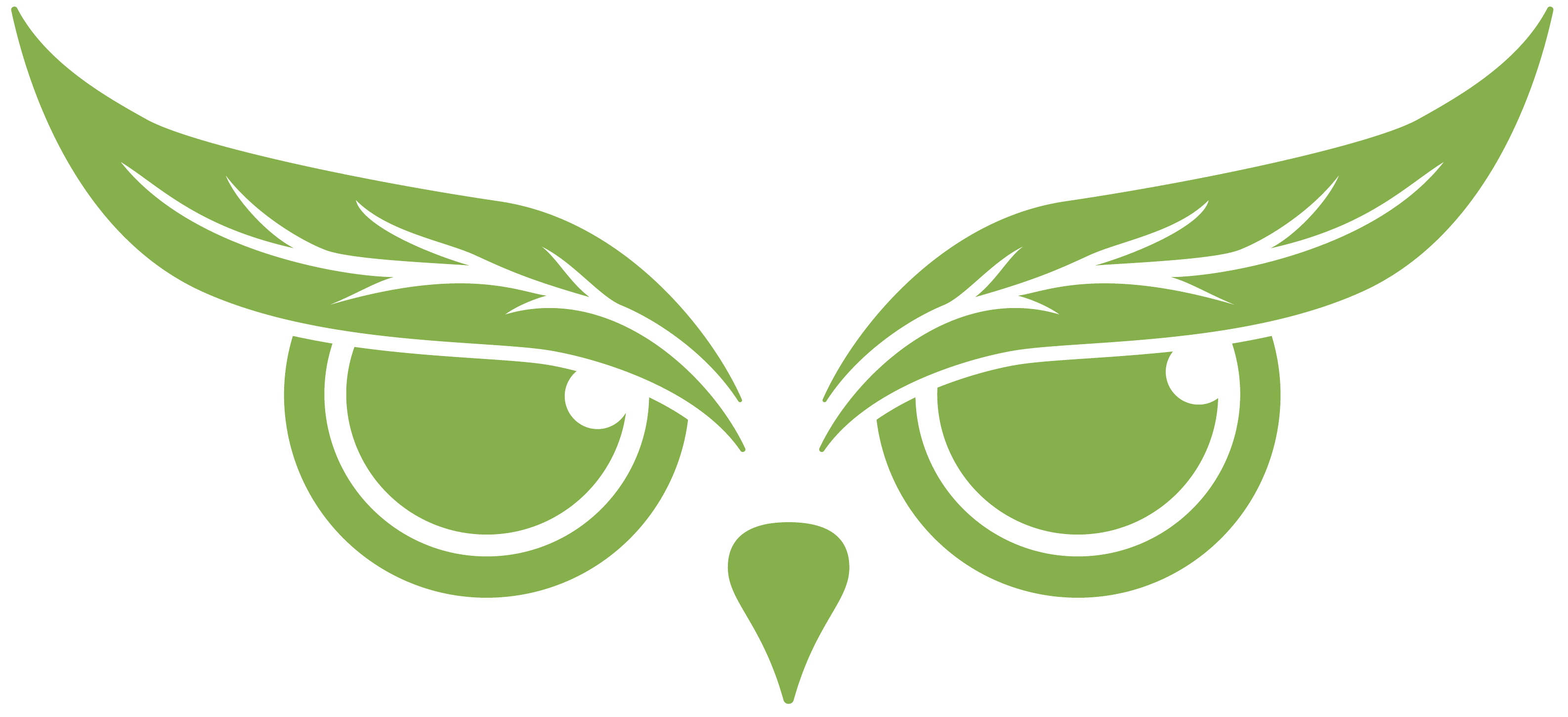Lawn Care FAQ
Frequently Asked Questions
Lawn Maintenance
Typically, a lawn requires 1 to 1½ inches (630 to 945 gallons per 1,000 square feet) of water each week, according to the University of Tennessee Agricultural Extension Service. “Water deeply and infrequently, thoroughly moistening the soil to a depth of 4 to 6 inches." Ideally, you should water your lawn between 3 a.m. and 6 a.m. If that’s not possible, try 10 a.m. to 1 p.m. or noon to 3 p.m. Irrigating your lawn during those periods reduces loss of water to daytime evaporation, and helps prevents moisture from lingering on your grass and causing lawn diseases.
Aeration & Seeding
Maintain good soil moisture for the first four weeks after seeding because the tiny roots of the newly germinated grass seeds are shallow and they can quickly dry out and die. This means watering the newly seeded areas lightly each morning. After four weeks, the lawn can be watered like a mature lawn. Wait until the lawn is a third higher than you normally mow before cutting. Ensure that your mower blade is sharp and mow only when the lawn is dry. Be gentle for the first few mowings, take corners carefully, and mow before watering (when the soil is relatively dry).
Most broadleaf weed control products need to be on the lawn at least 7-10 days ahead of seeding. These products can't be applied until after the lawn has been mowed 1-2 times. If you’ve applied a pre-emergent you won’t be able to seed as it will keep the new seed from germinating. If you applied a pre-emergent in the spring you won’t be able to seed until the fall.
Yes – It is always a good idea to introduce improved fescue varieties. Generally, newer varieties resist drought and disease better.
Mosquito Control
30 days is the typical amount the products will reside where treated. We will be there in time to connect the treatments so that maximized protection occurs for your property.
At LawnWise we use an industry specific backpack mister with the highest quality products in the mix. We treat all the shrubs and plants with a barrier spray that kills mosquitoes on contact and sticks to the leaf material. This becomes a residual until the next scheduled visit from your LawnWise mosquito expert.
Give the application 20-30 minutes to dry, and rain or water should not wash away the product. If so give us a call and we will make it right for you.
Tree/Shrub Care
Bagworm cocoons remain attached to plant materials even after the larvae have died. We suggest pulling the cocoons off and disposing after several weeks.
Almost all of the materials we use are considered safe when they are dry. This may require only 10-15 minutes of waiting after treatment. If we apply a product that requires a specific re-entry waiting period we will let you know.
Trees generally take long periods of time to respond to fertilization. Oftentimes trees take many weeks to exhibit new growth and may take months to uptake fertilizers.
We will keep a continuous eye on the landscape to make sure the health is at its fullest. We will do disease treatments, insect treatments, and will fertilize with micronutrients so the plants stay fed and healthy.
Integrated Pest Management (IPM) is the practice of using improved sanitation, exclusion, cultural controls, habitat manipulation, trapping, and targeted pesticide application to control or reduce pest problems. In other words, we use knowledge and common sense to prevent pests, not just pesticides.
Usually that is algae or lichen which both will not cause damage to the tree. In some cases, it is a sign that it is not getting enough sun.
We need to find out what is causing the sickness and then have an action plan on getting it back to health. With the experience and professional training at LawnWise we will see if the tree can be saved or not. We cannot guarantee that a tree can be saved but we can promise you that your tree will receive the most attention and the best management practices to do all that we can.
Your mulch rings and beds should be as wide as you can visually tolerate. Do not pile mulch up onto the stems and trunks. This can hold moisture and may cause many problems in the future. If you currently have mulch piled up on your plants, you should spread it out gently to better the health of the plants. Trees love a mulch ring.
At LawnWise, we understand how much our customers value their landscape. Replacing trees and shrubs can be expensive, and we want to prevent that as much as possible. These plants add significant value to the property—we've heard estimates as high as 25%. A healthy landscape is not only beautiful but also enhances the home's appeal. A vibrant and colorful landscape is known to reduce stress and create a positive feeling for customers, improving their outdoor living experience.
Pest Control
Every pesticide requires that pets and people avoid treated surfaces until dry. This is the minimum standard for all products. Once the products dry then no transferring from skin or pet paws will occur.
There are many areas outside the home that can attract pests or an area conducive to pests. These may include vents, windows, eaves, debris around the home, landscaping issues, etc. Before applying treatment, LawnWise specialists walk around your home to help identify any problem areas and are ready to fix the issue right away.
No contracts at LawnWise. We want to earn your business every visit and we are confident that you will love the service and always know we are doing our best for you.
We promised you our best and we will honor that. We will treat any issue you have with urgency and do all that we can to be there within 2 days.
